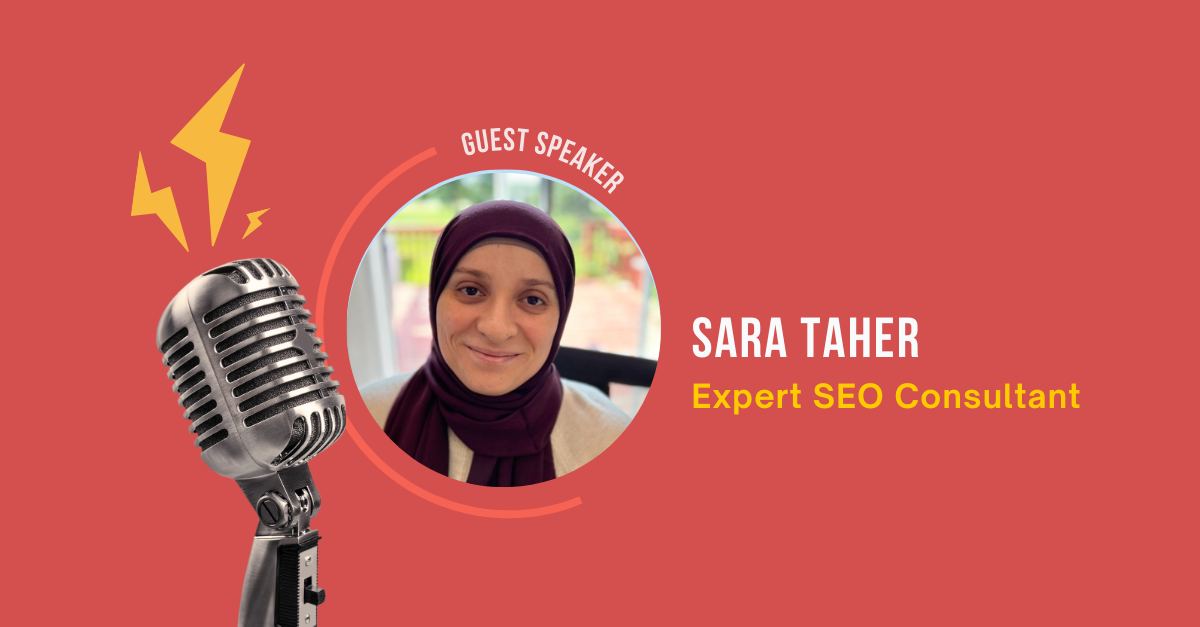Introduction
The SEO landscape is transforming as AI reshapes how we approach search optimization. Many professionals worry about being replaced, but the real opportunity lies in adaptation and upskilling.
This guide explores how to build AI agents for SEO workflows based on insights from Sarah Taher, a seasoned SEO leader with over a decade of experience driving search growth for SaaS brands and global enterprises, during Episode 11 of Coach by TripleDart.
Why AI Agents are Important for SEO
AI is about helping businesses perform tasks cheaper, faster, and better. The key insight is that you shouldn't compete against AI tools—you should integrate them into your workflows to become more efficient and accurate.
The Current Landscape:
- AI could potentially replace 800 million jobs by 2030
- 75% of companies plan to adopt AI within the next five years
- 74% of businesses are still experimenting with AI
- 68% of businesses struggle to find talent well-equipped in AI
This creates a massive opportunity for SEO professionals willing to upskill. While basic tasks like exporting reports or writing template content can now be automated, the bar is getting higher. You need to add more advanced skills and specialize in areas that require human strategy and oversight.
Understanding the Opportunity
As Sarah explains using a copywriter example: if a copywriter charges $100 for a 2-4 hour article, but AI writing tools can produce 80 articles for $300 per month, you can't compete on basic content creation. However, you can use those tools to make your work more efficient while focusing on higher-value strategic work.
“Steve Jobs once said that by 1986, they would ship more computers than automobiles. There was a time when people didn't think computers would become the norm. AI is heading in the same direction—it will become as essential as having a computer today,” says Sarah.
AI Agents vs. AI Tools: The Key Difference
AI Tools (like ChatGPT, Claude):
- Provide text outputs
- Require manual input for each task
- Cannot take actions or execute workflows
AI Agents:
- Can take actions (send emails, update websites, use APIs)
- Execute complete workflows autonomously
- Connect to multiple systems and data sources
- Can be hired out as services (Sarah shows an actual job posting hiring an AI agent, not a person)
The fundamental difference is that AI agents can execute and take actions, while AI tools only provide outputs that require human execution.
Essential Concepts for Building AI Agents
APIs: Your Gateway to Automation
Sarah uses a restaurant analogy: think of an API like a server in a restaurant. You give them your order (data request), they go to the kitchen (data source), get your dish, and serve it back to you.
Common SEO APIs:
- Google Search Console API: pulls data from your Search Console
- SERP API: scrapes search results ("Hey, I want the top 100 results for this keyword")
- Ahrefs API: accesses backlink and keyword data
- Data for SEO API: provides SERP and keyword research data
The Learning Curve Reality
Building AI agents isn't as simple as prompting. Sarah emphasizes that it's a learning curve that requires time investment. Jonathan, an automation expert she references, spent 20 hours creating a single automation. However, this investment pays off by saving hours repeatedly over time.
Important considerations:
- You need to test and perform quality assurance
- AI hallucinates and has edge cases
- Always include human review—never send AI output directly to clients without review
- Start simple and build complexity gradually
How to Identify Automation Opportunities
Sarah's rule of thumb: anything that's annoying and repeatable can likely be automated.
Before jumping to tools, you need a specific use case. Look for tasks where:
- You can draw the workflow as a clear process
- The steps are mostly the same each time
- It's repetitive and time-consuming
If you don't have a specific use case, brainstorm with LLMs. Ask ChatGPT or Claude: "I do SEO/content SEO/technical SEO. What sort of things can people automate?"
Practical Implementation Example: Content Outline Automation
Sarah demonstrates a workflow that creates blog outlines based on SERP analysis:
The Process:
- Input: Keyword in Google Sheets (cell A2)
- SERP Analysis: Use SERP API to scrape top 10 results for the keyword
- AI Processing: Send keyword and search results to Claude with prompt: "Create a blog outline using this as the main keyword, taking into account the top results in search"
- Output: Generate formatted outline in Google Docs
What the System Produces:
From a single keyword input, the workflow automatically generates comprehensive blog outlines that analyze competitor content and suggest relevant topics and structure.
Watch Sarah explain it here:
Platform Options for Building AI Agents
Sarah recommends starting with these platforms:
Beginner-Friendly:
- Make.com: Visual workflow builder with extensive integrations
- AirOps: SEO-specific templates (Sarah demonstrates internal linking automation)
Advanced Options:
- n8n: More powerful but steeper learning curve
- Custom coding: Using frameworks like Crew AI for maximum flexibility
Selection Criteria:
- Choose tools based on integration options with your existing systems
- Don't start with the most complex platform
- Focus on tools that connect with your current tech stack
- Consider cost efficiency for your specific use case
Implementation Best Practices
Start Simple
Sarah emphasizes repeatedly: don't start with complex workflows. Begin with basic automations using one or two connections, then gradually add complexity.
Quality Control is Essential
- Always include human quality check layers
- Test modules individually before connecting full workflows
- Monitor outputs and refine based on results
- Never assume AI output is perfect—always review
Workflow Examples from Sarah's Demonstration
Internal Linking Automation (AirOps):
- Input: URL of a blog post
- Process: Analyzes page content and scans website database
- Output: List of relevant internal linking opportunities with anchor text suggestions
Content Outline Generator (Make.com):
- Pulls keyword from Google Sheets
- Scrapes SERP results via API
- Processes through Claude/Anthropic
- Outputs structured outline to Google Docs
Common Pitfalls and Troubleshooting
Sarah's live troubleshooting during the demo revealed important lessons:
Break Problems Down:
When workflows fail, don't troubleshoot the entire system. Test each module individually:
- Verify Google Sheets connection works
- Test SERP API separately
- Check AI processing step
- Validate final output step
Start With Templates:
Both Make.com and AirOps offer existing templates. Don't build everything from scratch—modify existing workflows to match your needs.
Cost Considerations
API Pricing Examples:
- SERP API: 100 searches/month free, then pay-per-use
- Most APIs have free tiers for testing
- Consider cost efficiency compared to manual processes
Investment vs. Return:
If you're running an agency and can replace paid tools with API-based solutions, the cost savings can be significant. However, do the math based on your specific usage patterns.
Building Your First AI Agent
Recommended Approach:
- Identify one annoying, repetitive task you do regularly
- Map the workflow step-by-step on paper first
- Choose a simple platform like Make.com to start
- Build basic version with minimal complexity
- Test thoroughly and refine
- Add complexity gradually once core workflow is stable
Example First Project:
The content outline automation Sarah demonstrated is ideal because it:
- Solves a real SEO problem
- Uses common APIs (Google Sheets, SERP API)
- Provides immediate value
- Can be expanded with additional features later
Future Outlook
The direction is clear: businesses want faster, cheaper, and more efficient operations. SEO professionals who can build and manage AI agents will have significant advantages.
Sarah shows job postings where companies are hiring AI agents rather than people. The future may include creating AI agents based on your expertise that can be outsourced or hired independently.
The opportunity exists now while 74% of businesses are still experimenting. Those who develop automation skills early will be well-positioned as the industry continues evolving.
Conclusion
The professionals who adapt by building automated workflows will thrive, while those who resist change risk being left behind.
Key takeaways for immediate action:
- Start identifying annoying, repetitive tasks in your current workflow
- Experiment with Make.com or AirOps using their free tiers
- Focus on simple automations first, then build complexity
- Always maintain human oversight and quality control
- Use this transition period to develop skills while competition is still limited
The future belongs to SEO professionals who can design and deploy intelligent systems rather than just execute individual tasks. Start simple, test thoroughly, and scale systematically.
Watch the full video here:

.png)


.jpg)


.webp)

